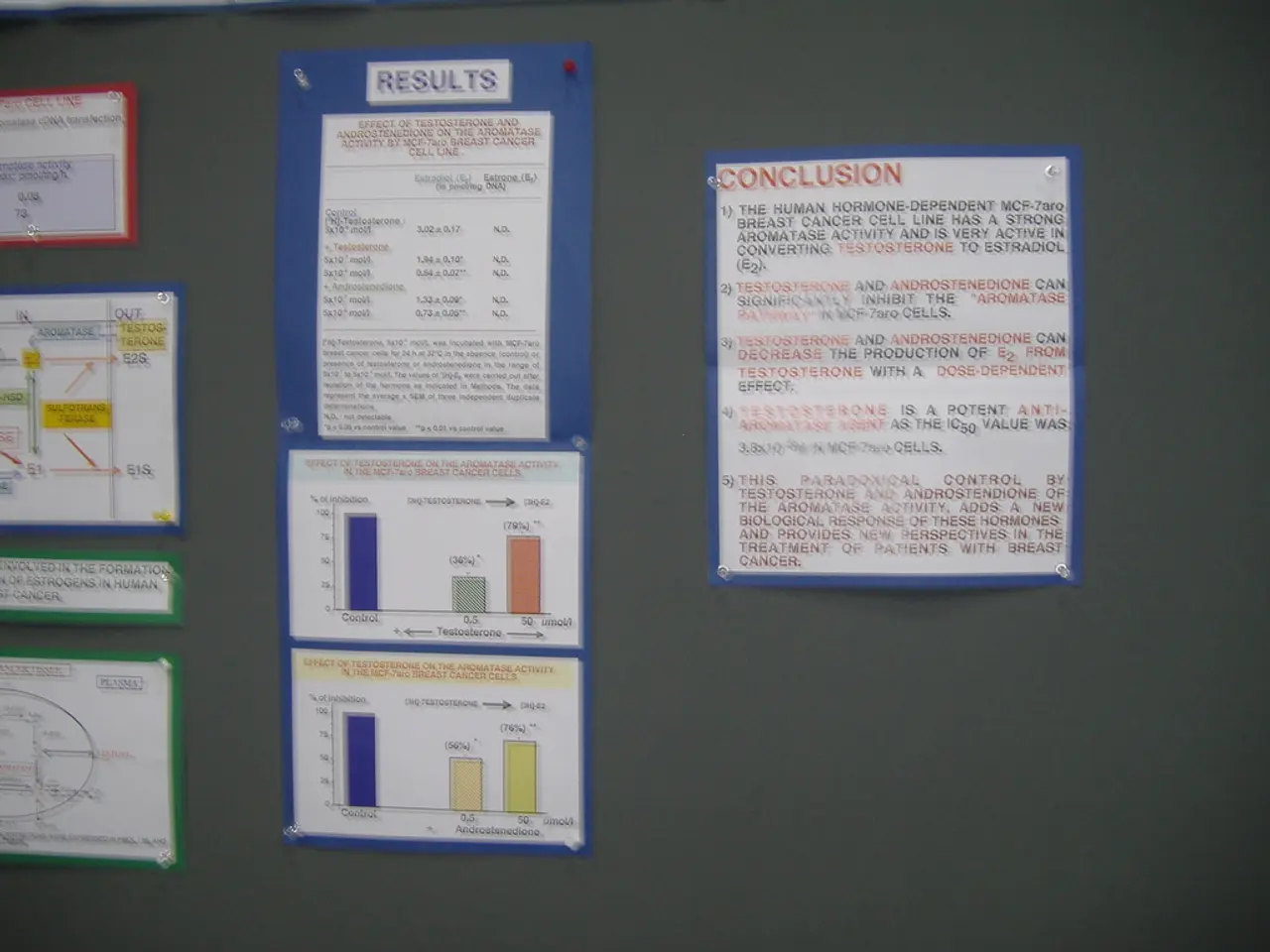Selecting the Optimal Compensation Structure for Your Enterprise
==============================================================================
When it comes to setting up a payroll system for your business, choosing the right pay schedule is a crucial decision. Here are some key factors to consider:
Pay Frequency and Number of Pay Periods
Decide between bi-weekly (every 2 weeks, 26 paychecks/year) and semi-monthly (twice a month, 24 paychecks/year). Bi-weekly payrolls provide more pay periods and potentially two extra paychecks in some months, which might help with hourly overtime calculations. Semi-monthly payrolls have fewer pay periods and larger individual check amounts but can complicate overtime tracking because pay periods don’t align neatly with the workweek.
Alignment with Work Hours and Overtime Management
Bi-weekly pay schedules tend to simplify overtime reporting and payment as they align better with weekly work hours. Semi-monthly pay periods might split overtime across pay periods, causing delays or confusion for payroll processing.
Payroll Administrative Efficiency
Fewer pay periods in semi-monthly payroll can reduce workload and costs for payroll processing, but might increase complexity in tracking certain payments like overtime.
Employee Preferences and Cash Flow
Consider how often employees prefer to be paid and the impact on their budgeting. More frequent pay (bi-weekly) may be preferred by many employees. Also consider company cash flow cycles to ensure the pay schedule aligns with financial capabilities.
Compliance and Tax Obligations
Ensure the chosen pay schedule complies with relevant labor laws and tax filing requirements. Some payroll providers offer features to automate compliance and tax filings.
Integration with Payroll Software
Choose a pay schedule compatible with your payroll software’s capabilities. Flexible payroll software that supports unlimited pay runs and integrates with other systems can ease administrative burdens.
Total Compensation Structure
Beyond pay frequency, consider how salary ranges, bonuses, commissions, benefits, and other compensation parts fit into your payroll schedule. Transparency in communicating pay structures to employees builds trust and clarity.
Overtime and Shift Complexity
If you have many hourly employees or complex shift patterns, a bi-weekly schedule may handle overtime tracking and payroll calculations more accurately and efficiently.
In summary, the decision hinges on balancing administrative ease, regulatory compliance, employee needs, and financial management, with bi-weekly pay often preferred for hourly staff and overtime tracking, while semi-monthly may benefit salaried employees and reduce payroll frequency and costs.
It's important to communicate clearly with employees about the new pay schedule, including the reasoning behind the choice and any expected changes to their paychecks. A pay schedule determines the number of pay periods in a year, with most businesses using one of four standard pay schedules: weekly, bi-weekly, semi-monthly, or monthly.
After implementing a new pay schedule, it's crucial to monitor its effectiveness, managing any administrative burden, and ensuring compliance with legal requirements. Our website offers tools to help manage any chosen pay schedule effectively, including time tracking, overtime calculations, tax withholdings, and direct deposits.
Changing pay schedules may require careful planning to avoid disrupting employee cash flow, particularly during busy periods or financial pressures. The Fair Labor Standards Act (FLSA) affects overtime calculations, with weekly and bi-weekly schedules aligning better with the standard seven-day work week used for overtime calculations. Federal laws do not specify a minimum frequency for paying employees, but the FLSA requires regular and timely payments. State laws often have minimum pay frequency requirements, which can vary by location and employee type.
Start a free trial of our website to learn how our solutions can simplify and streamline your payroll process.
- When deciding on a payroll system, selecting the optimal pay schedule is essential, considering factors such as pay frequency, alignment with work hours, overtime management, and compliance with labor laws and tax obligations.
- A payroll software that supports unlimited pay runs and integrates with other systems can streamline administrative tasks, making it easier to manage overtime calculations, tax filings, and direct deposits.
- Bi-weekly pay schedules tend to simplify overtime reporting and payment, making them more suitable for businesses with hourly employees or complex shift patterns.
- Choosing the number of pay periods, whether bi-weekly (26 times per year) or semi-monthly (24 times per year), involves weighing administrative efficiency against tracking complex payments, such as overtime and benefits.
- Communicating the chosen pay schedule to employees is vital, explaining the rationale behind the decision and any changes in paycheck frequency or amounts.
- Offering clear transparency in the pay structure, including salary ranges, bonuses, commissions, and benefits, builds trust and helps employees better understand their compensation.
- Staying compliant with legal requirements and federal laws, such as the FLSA, is crucial when implementing a new pay schedule, with weekly and bi-weekly schedules generally better aligned with the seven-day work week used for overtime calculations.
- Careful planning is necessary when changing pay schedules to minimize disruptions to employee cash flow, particularly during busy periods or financial pressures, and ensure compliance with state laws regarding minimum pay frequencies.




